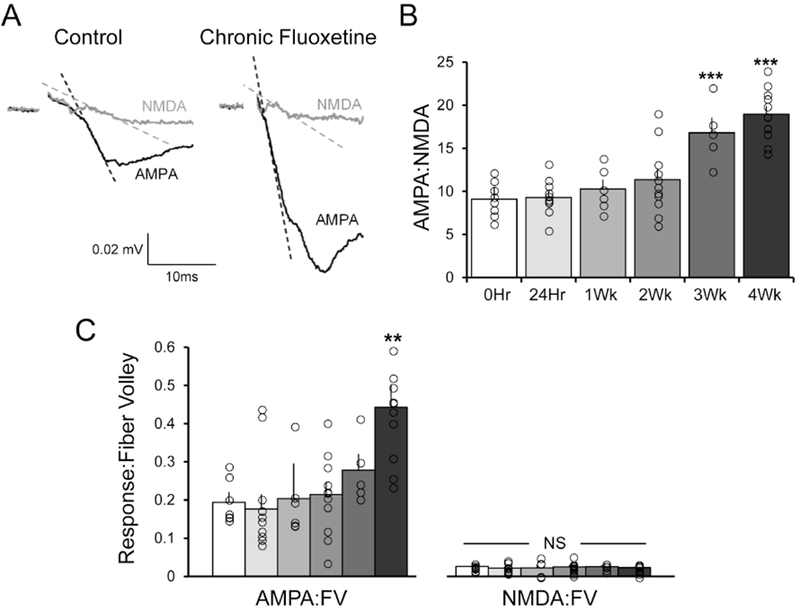Figure 3. Chronic fluoxetine treatment in vivo increases AMPA receptor-mediated synaptic excitation.

(A) Representative traces showing the AMPA receptor- and NMDA receptor-mediated components of the fEPSP, recorded extracellularly in Str. LM of area CA1 in response to simulation of TA afferents in saline lacking Mg2+ before and after application of DNQX (50μM). Traces were recorded from slices taken from an untreated controls (left) and rats subjected to 28 days of chronic fluoxetine in the drinking water (80mg/L; right). (B) Mean AMPA:NMDA ratios were computed from the initial slopes of the responses in each slice before and after application of DNQX (indicated by dashed lines in A). A one-way ANOVA [F(5,46) = 16.10, p < 0.0001] showed a significant increase in AMPA:NMDA ratio over time (n/group: 0hr = 8, 24hr = 11, 1Wk = 6, 2Wk = 11, 3Wk = 5, 4Wk = 11). Post hoc analysis revealed there was a significant increase in AMPA signaling between baseline and the 3-week [q(46) = 6.085; p < 0.001] and 4-week [q(46) = 9.550; p < 0.0001] time points. (C) A one-way ANOVA [F(5,46) = 4.173, p < 0.0033] showed a significant increase in AMPA-mediated signaling normalized to FV over time. Post hoc analysis revealed there was a significant increase in AMPA signaling between baseline and the 4-week time point [q(46) = 5.131; p < 0.001]. In contrast, a one-way ANOVA [F(5,46) = 0.1488, p > 0.05] showed no difference in NMDA mediated signaling normalized to FV over time. * p < 0.05 compared with controls. * = p < 0.05 compared to vehicle control; data are expressed as the mean ± SEM.
